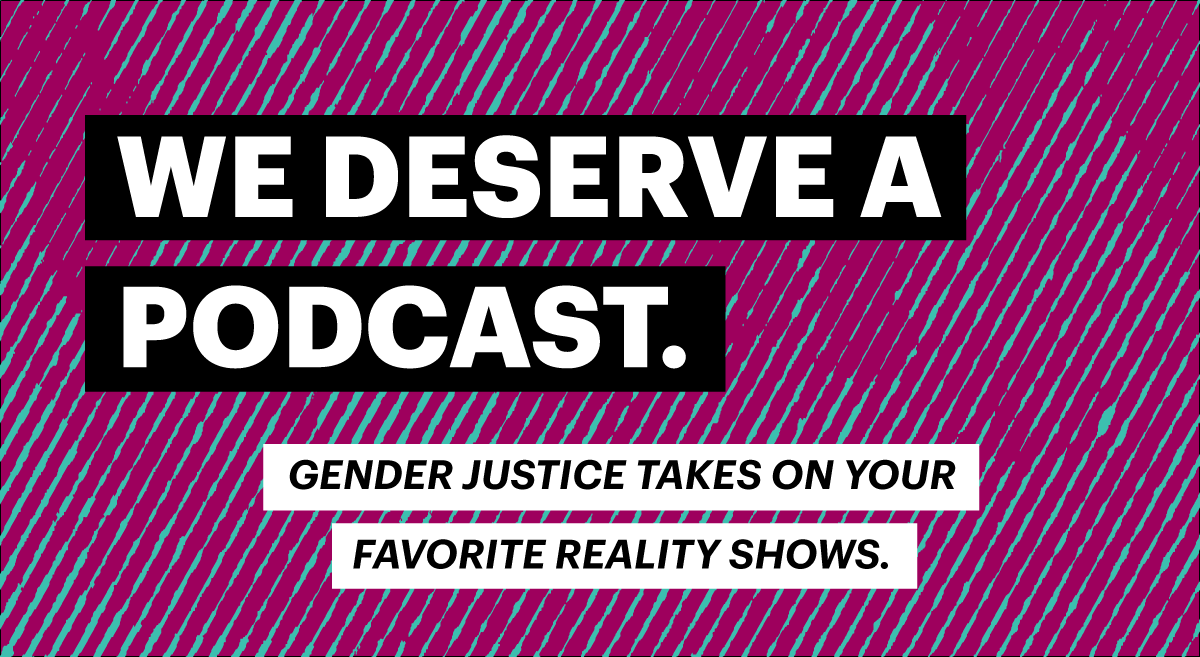Abortion rights, women of color, and LGBTQI+ people are under attack. Pledge to join us in fighting for gender justice.
Why Asking About Sexual Orientation and Gender Identity Is Not Enough

In August 2021, 36.6% of LGBTQ adults were in household that had difficulty paying for household expenses. The LGBTQ community faces greater economic hardship, poverty, unemployment, homelessness, income gaps, and food insecurity compared to the general population. They also face higher rates of health disparities such as psychiatric disorders, substance abuse, and suicide. Essential health gaps exist for the LGBTQ population, such as little information on cancer risks, due to a lack of data collection and research. But it doesn’t have to be this way. Developing resources to overcome these disparities starts with collecting consistent and reliable sexual orientation and gender identity (SOGI) data that reveal gaps. Without fully understanding the problem, we’ll struggle to propose comprehensive solutions—which begins with how we ask questions to collect data in the first place.
In recent Census Household Pulse Surveys, the U.S. Census Bureau asked, “Do you currently describe yourself as male, female, or transgender?” with the additional response option of ‘none of these’ as a question to probe gender identity. There are a few key issues with the phrasing of this question, like the use of “female” and “male” for gender identity, which are better referred to under questions regarding sex since they’re associated with biological anatomy rather than gender. Gender refers to socially constructed roles, behaviors, and expressions society places on males and females. Gender identity is not limited to men and women binary, but rather a diverse and non-static identity.
Secondly, all transgender people do not share the same gender identity so offering “transgender” as only one option is limiting. For example, a transwoman may identify simply as a woman; therefore, this question poses confusion by encouraging transgender individuals to identify as “transgender” rather than as a woman or man. Some non-binary individuals may also choose to identify as transgender. This forces any gender identity breakdown, transwomen, transmen, and transgender non-binary, to only be possible with assumptions about the identity of an individual or removing them from any data points, essentially making those groups invisible.
Asking only about types of identities is not enough—we need statistics by those identity breakdowns. In the example above, the Census can claim they ask inclusively about gender identities, but due to the way the data is grouped makes it difficult to report on specific identity breakdowns. For example, the Census places anyone who responds “none of these” to the gender identity question into an “other” category when defining LGBTQ populations, excluding them from reported LGBTQ data, rendering them invisible. Even with the addition of sexual orientation and gender identity questions, specific populations continue to be left out.
In countering the health disparities faced by LGBTQ communities, it’s essential to not only gain an understanding of the individuals being affected through consistent data collection, but ensure that healthcare providers are inclusive and educated on LGBTQ health. Non-inclusive language and environments—including when physicians are uncomfortable discussing sexuality—can make LGBTQ adolescents feel isolated. Out of fear of discrimination or non-inclusive environments, some people may not disclose their sexual orientation or gender identity, making it even more important to work towards inclusive healthcare environments.
As of last year, over 11.3 million US adults identified as LGBTQ and they all deserve quality healthcare and economic security. Government agencies and health care providers must improve their data collection to understand and work towards eliminating disparities.






